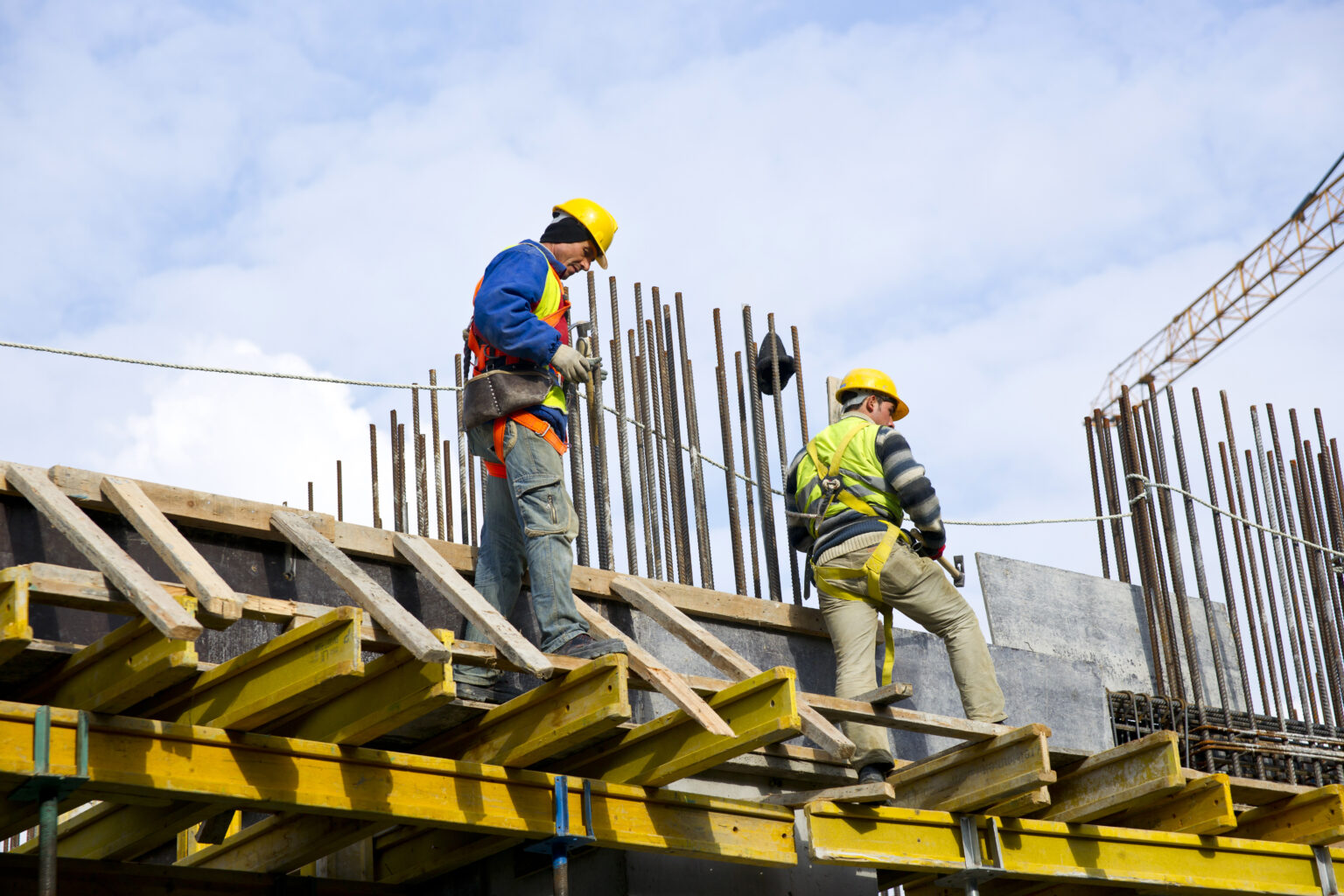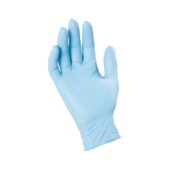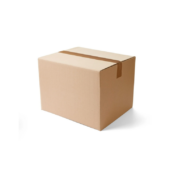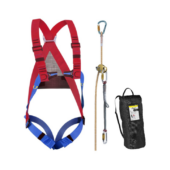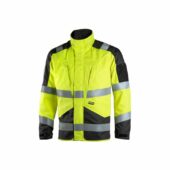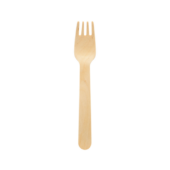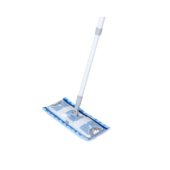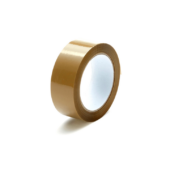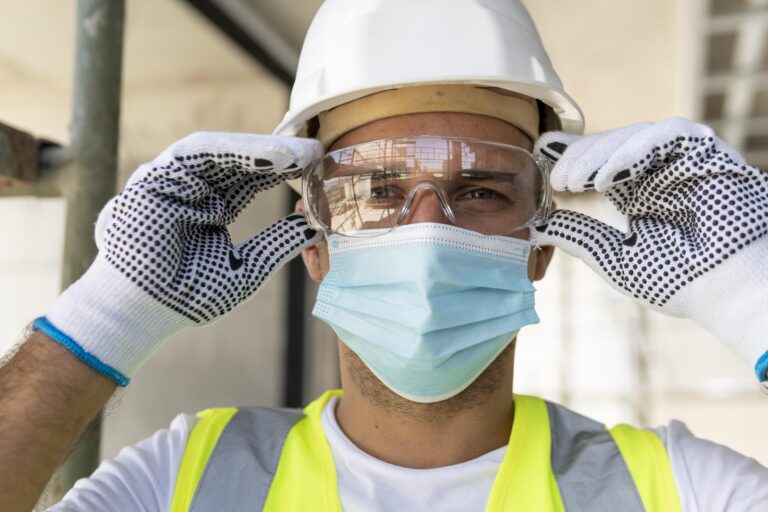Selecting the right work pants for construction can feel daunting, especially when you’re trying to balance durability, comfort, and functionality.
By the end of this guide, you’ll have all the insights needed to make an informed choice about construction work trousers, ensuring they support even the most demanding workdays.
As part of our broader Work Pants Buyer’s Guide, this article also connects you with solutions for your next challenge, helping you prepare for every aspect of your workwear needs.
Key Features to Look For in Construction Work Pants
1. Material Durability
Construction environments demand heavy-duty materials. Look for fabrics like:
- Cotton blends with synthetic fibers: These provide both comfort and durability.
- Ripstop fabric: Resists tearing and is ideal for rough conditions.
- Cordura reinforcements: Commonly used for high-stress areas such as knees and pockets.
Real-World Example: For those working in demolition, ripstop pants with double stitching provide the durability needed to withstand exposure to jagged materials.
Tip: Prioritize pants that comply with recognized European standards, such as EN ISO 13688, which covers protective clothing quality.
2. Comfort and Fit
Ill-fitting work pants can restrict movement, causing discomfort during long shifts. Pay attention to:
- Adjustable waists or elastic inserts for flexibility.
- Slim-fit vs. relaxed-fit options based on your preference. For a deeper dive into fit styles, see our Fit Comparison Guide.
Use Case Example: Bricklayers often benefit from relaxed-fit pants that accommodate bending and squatting while maintaining comfort throughout the day.
3. Reinforcements and Extra Features
Specific reinforcements enhance durability:
- Double-stitched seams: Resist splitting under strain.
- Knee pad pockets: Essential for tasks involving kneeling.
- Multiple pockets: Convenient for carrying tools and small items.
Practical Scenario: A carpenter might prioritize pants with extra pockets for tools like chisels and tape measures, while reinforced knees provide added protection against wear during floor installations.
4. Weather Adaptability
Europe’s climate variability necessitates versatile work trousers:
- For colder months, consider winter work pants with insulation.
- During high-visibility tasks, hi-vis pants ensure safety in low-light conditions.
Example: Road maintenance workers in winter can benefit from insulated, hi-vis pants that combine warmth and visibility for outdoor environments.
How to Ensure Proper Sizing
Selecting the correct size is critical for both comfort and functionality. Most workwear brands use European sizing metrics. Here’s how to measure:
| Measurement | How to Measure | Importance |
| Waist | Measure at your natural waistline. | Ensures snug fit without restricting movement. |
| Inseam | Measure from crotch to ankle. | Avoids tripping hazards from overly long pants. |
| Hip | Measure at the fullest part of hips. | Guarantees freedom of movement. |
Sizing Tip: Double-check if the pants accommodate layering, especially for winter months, where base layers might be needed.
Check the brand’s specific sizing chart before purchase.
Common Types of Construction Work Pants
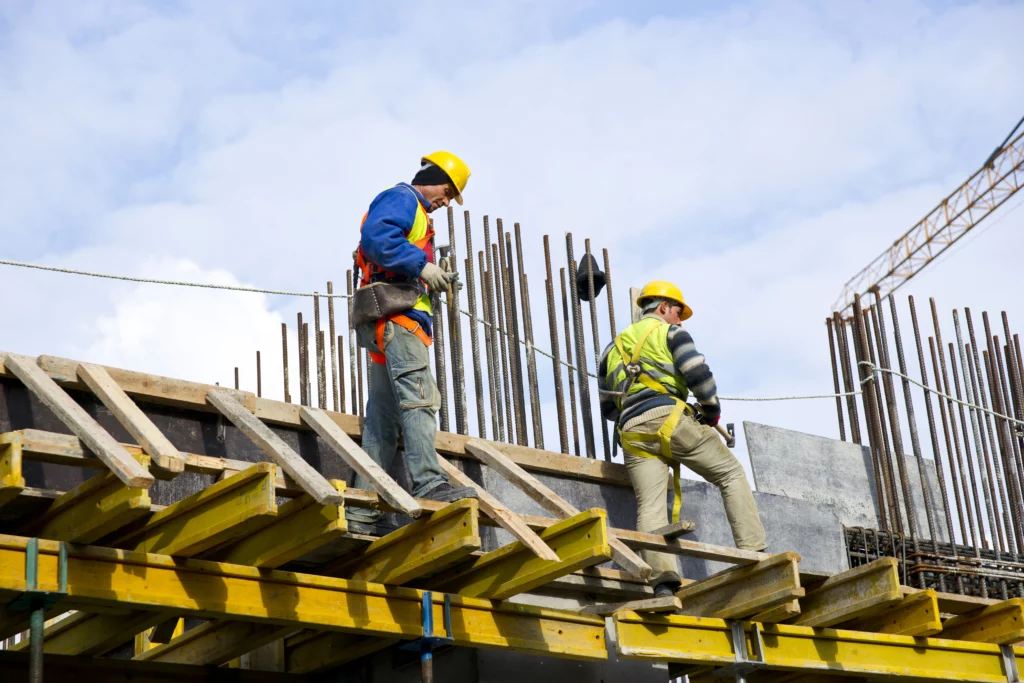
Each type of work pant offers unique advantages tailored to different tasks.
1. Cargo Work Pants
Ideal for workers needing accessible storage, featuring multiple deep pockets.
Example: Landscapers can benefit from cargo pants, which provide easy access to tools like pruners and gloves.
2. Fire-Retardant Trousers
Fire-retardant work trousers are perfect for welding or working near flammable materials, allowing you to work confidently around heat sources.
3. High-Visibility Pants
Hi-vis pants improve visibility and are often required by safety regulations.
4. Insulated Winter Pants
Designed for cold climates, winter work pants keep you warm and mobile.
Scenario: Utility workers in snowy regions rely on insulated pants for warmth during prolonged outdoor tasks.
Recommendations Based on Common Scenarios
| Work Environment | Recommended Features | Product Link |
| Heavy Construction | Reinforced knees, durable fabric, multiple tool pockets. | Shop Work Pants |
| Outdoor Work | Weather-resistant, insulated options. | Winter Pants |
| High-Risk Areas | Fire-retardant, heat-resistant properties. | Fire-Retardant Pants |
Related Workwear Accessories
Enhance your construction workwear with complementary gear:
- Safety Shoes: Protect your feet with this guide.
- Work Jackets: Stay warm and protected; learn more here.
Where to Buy Quality Work Pants
Explore a wide range of work pants here. Whether you need lightweight options for summer or insulated pairs for winter, you’ll find what you need.
For specialized needs:
- Browse Safety Shoes.
- Check out Hi-Vis Pants.
Final Thoughts
We hope this guide has provided clarity on how to choose the best work pants for construction, from prioritizing durability and comfort to selecting task-specific features. Whether you’re gearing up for heavy construction or need versatile trousers for outdoor tasks, we’re here to support your needs with practical advice and top-quality options.
Explore our full range of work pants featuring trusted brands designed for demanding work environments.
Have more questions or need personalized recommendations? Reach out to us—we’re here to ensure your next choice is your best one yet.
– The Droppe Team
Frequently Asked Questions
To maximize the lifespan of your work pants, wash them in cold water with mild detergent and avoid using bleach, as it can weaken the fabric. For heavily soiled areas, pre-treat stains before washing. Air drying is recommended to prevent shrinkage and maintain fabric integrity.
A cotton-synthetic blend with water-resistant treatments is ideal for all-weather use. These materials offer a balance of comfort, breathability, and protection from rain or snow, making them versatile for various climates.
Yes, some brands offer sustainable workwear made from recycled materials or organic cotton. Look for certifications such as Global Organic Textile Standard (GOTS) or Bluesign® to ensure eco-friendliness.
Check if the pants have dedicated knee pad pockets, which are usually reinforced for durability. Ensure the pocket size matches your preferred knee pads for a secure fit and optimal protection.
Opt for lightweight, breathable fabrics like polyester-cotton blends with moisture-wicking properties. Ventilated designs and light colors are also beneficial for keeping cool in high temperatures.

